Download NVIDIA Tech Demos | NVIDIA Cool Stuff
Download technical demos, new and old, that NVIDIA and its partners use to demonstrate the latest cutting edge technologies, which make your games and experiences even better.
Atomic Heart RTX Tech Demo
Release Date: April 11, 2019
Originally released for: GeForce RTX 20-Series Graphics Cards
An early look at Mundfish’s graphically-advanced Atomic Heart, which is enhanced by the addition of advanced ray-traced reflections and shadows, and accelerated by the inclusion of Deep Learning Super Sampling.
Download from Mundfish.com >
Justice RTX Tech Demo
Release Date: April 11, 2019
Originally released for: GeForce RTX 20-Series Graphics Cards
Justice is one of China’s most popular MMOs, and in this tech demo NVIDIA RTX Ray-Traced Reflections, Shadows, and Caustics are demonstrated, along with Deep Learning Super Sampling.
Download >
Final Fantasy XV: Windows Edition DLSS Benchmark
Release Date: November 14, 2018
Originally released for: GeForce RTX 20-Series Graphics Cards
Deep Learning Super-Sampling increases performance significantly in FFXV, whilst simultaneously improving image quality. Learn more, see the improvements, and download the benchmark yourself.
Download >
G-SYNC Pendulum Demo
Release Date: October 29, 2013
With the Pendulum demo, see how NVIDIA G-SYNC changed gaming by eliminating tearing and minimizing stutter and lag, giving gamers the smoothest, fastest gaming experience.
Download > (41.4MB)
Apollo 11 Lunar Landing Demo
Release Date: April 7, 2015
Originally released for: GeForce GTX 900-Series Graphics Cards
Powered by Epic’s Unreal Engine 4 and NVIDIA’s Voxel Global Illumination (VXGI), we explored the Apollo 11 landing site and put the landmark photo of Buzz Aldrin descending to the moon’s surface to the test.
Download > (473MB)
“Ira”, Lifelike Human Face Rendering
Release Date: May 10, 2013
Originally released for: original GeForce GTX TITAN
Ira represented a big leap forward in capturing and rendering human facial expression in real time, and gave us a glimpse of the realism we could look forward to in our favorite game characters.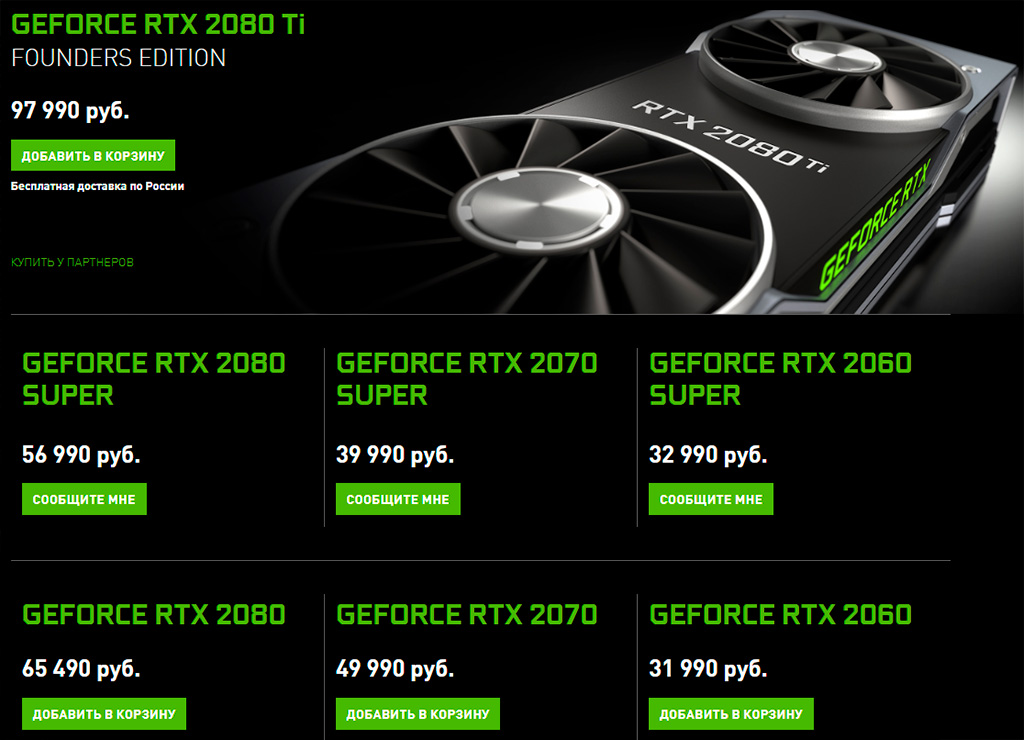
Download > (309MB)
Endless City
Released November 9, 2010
Originally released for: GeForce GTX 400 and 500-Series Graphics Cards
Procedurally-generated tessellation enabled the creation of a massive, complex city, the likes of which hadn’t been seen before.
Download > (256MB)
Alien vs. Triangles
Released November 9, 2010
Originally released for: GeForce GTX 400 and 500-Series Graphics Cards
In this heated battle, «multi-dimensional tessellation» was used to show realistic surface damage to the Alien’s skin. By using four displacement maps as damage layers, the Alien’s skin could show damage such as blisters and wounds, depending on what damage it had taken.
Download > (264MB)
Stone Giant
Released August 5, 2010
Originally
released for:
GeForce GTX 400-Series Graphics Cards
Stone Giant showed how tessellation could be used to create scenes and characters of almost unlimited detail.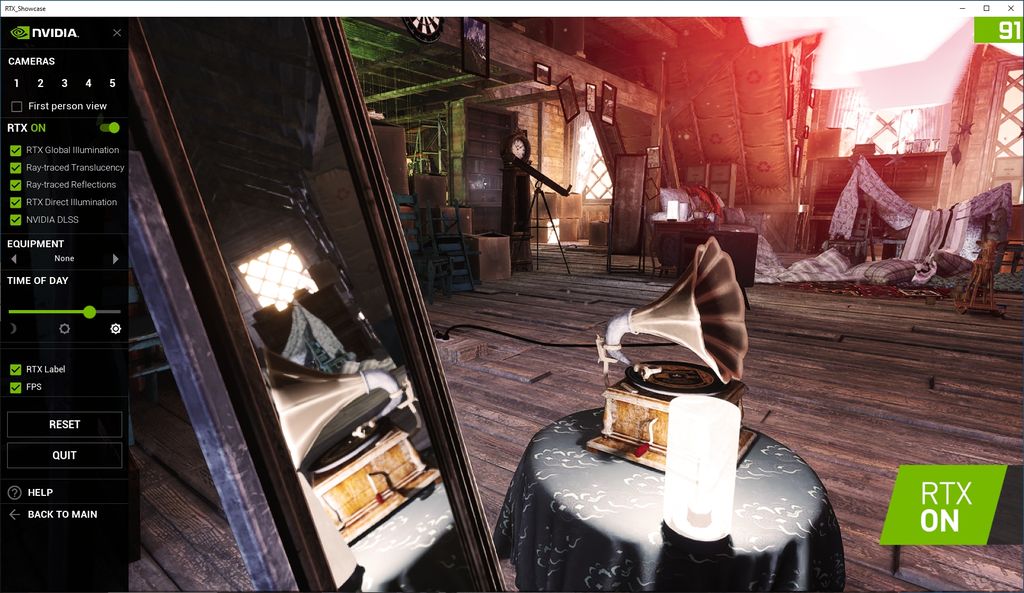
Download > (366MB)
Supersonic Sled
Released July 3, 2010
Originally released for: GeForce GTX 400-Series Graphics Cards
Taking advantage of PhysX, CUDA, DirectX 11, and 3D Vision, Supersonic Sled strapped you on a high-powered test rocket and hurtled you down a six-mile-long track in the Nevada desert at speeds in excess of 800 miles an hour. Every moving object in the demo was physically simulated using PhysX and CUDA.
Download > (222MB)
Unigine Heaven Benchmark
Released June 7, 2010
Originally released for: GeForce GTX 400-Series Graphics Cards
Heaven was a DirectX 11 benchmark where you could explore a mythical village floating in the cloudy sky. The buildings and structures in the village were highly detailed and realistic
thanks
the use of dynamic tessellation, compute shaders, and shader model 5.0.
Download > (230MB)
Design Garage
Released March 26, 2010
Originally released for: GeForce GTX 400, 500, and 600-Series Graphics Cards
Design Garage allowed users to interactively create incredibly photo-realistic images of some of the fastest and most exclusive vehicles on the road using Ray Tracing.
Download > (393MB)
Human Head
Released May 21, 2007
Originally released for: GeForce 8-Series Graphics Cards
‘Human Head’ delivered a startling leap forward in realism for real-time characters.
Download > (102MB)
Cascades
Released February 14, 2007
Originally released
for:
GeForce 8-Series Graphics Cards
In
Cascades
you could explore a fantastic world of exhilarating detail, and watch as majestic waterfalls cascaded down exotic rock
formations,
while buzzing swarms of dragonfly-like inhabitants dove and play.
Download > (136MB)
Froggy
Released December 14, 2006
Originally released
for:
GeForce 8-Series Graphics Cards
The Froggy demo allowed you to massage, pull, poke, prod and slap this high-strung amphibian.
Download > (192MB)
Box of Smoke
Released December 14, 2006
Originally released
for:
GeForce 8-Series Graphics Cards
As its name suggests, this demo is a box full of smoke.
Download > (5.9MB)
GeoForms
Released June 21, 2006
Originally released for: GeForce 7-Series Graphics Cards
In a dimension where objects were shaped by sound, these ‘GeoForms’ expressed themselves by moving like liquid to the beat.
Download > (17.6MB)
Mad Mod Mike
Released July 12, 2005,
Originally released
for:
GeForce 7-Series Graphics Cards
Mad Mod Mike was a community hero that would slip into bedrooms at night and transform the decrepit, underpowered computers of deserving gamers into raging performance beasts.
Download > (153MB)
Blobby Dancer for AMD64
Released July 26, 2004,
Originally released
for:
GeForce FX-Series Graphics Cards
Blobby Dancer for AMD64 was a liquid-like dancer that moved and grooved in a surreal disco world of music, light, and color.
Download > (18.5MB)
Timbury
Released July 21, 2004
Originally released
for:
GeForce 6-Series Graphics Cards
Timbury was an odd man that demonstrated that the current GPUs could handle 32-bit or 16-bit floating point data with ease.
Download > (119MB)
Clear Sailing
Released July 21, 2004
Originally released
for:
GeForce 6-Series Graphics Cards
To demonstrate how powerful vertex and fragment shaders could create effects that were not possible before, the Clear Sailing demo sent a pirate ship to outrun the most feared captain of the royal navy.
Download > (119MB)
Vulcan
Released August 15, 2003
Originally released
for:
GeForce FX-Series Graphics Cards
Vulcan, the god of fire, toiled at his anvil forging the metals of the earth when one of the sparks of his forge took flight.
Download > (60.0MB)
Toys
Released May 1, 2003
Originally released
for:
GeForce FX-Series Graphics Cards
Toys was a world of imagination where two young boys staged their own ‘War of the Worlds’ with props from their toy box.
Download > (62.7MB)
Ogre
Released May 1, 2003
Originally released
for:
GeForce FX-Series Graphics Cards
This ‘Dancing Ogre’ was a real-time rendition of a movie originally created by Spellcraft Studios titled ‘Yeah! the movie’.
Download > (238MB)
Last Chance Gas Ultra
Released April 1, 2003
Originally released
for:
GeForce FX-Series Graphics Cards
Last Chance Gas Ultra was designed to allow
you
experience the beauty of the great outdoors. You could watch the sunrise over the desert, observe the sky as it changed color and faded with the sun’s movement, and see the heat shimmer off the road.
Download > (85.3MB)
Time Machine
Released April 1, 2003
Originally released
for:
GeForce FX-Series Graphics Cards
Using the power of the programmable GeForce FX pixel engine, the Time Machine took you through the history of a neglected 1950’s pickup truck. By blending a variety of material surface effects into a single shader program you could watch as damage and neglect turned the truck from pristine condition to an old rust bucket.
Download > (67.0MB)
Squid
Released February 1, 2002
Originally released
for:
GeForce 4-Series Graphics Cards
Squid featured one of the largest and strangest deep-sea creatures anyone has ever seen.
Download > (43.9MB)
Tidepool
Released February 1, 2002,
Originally released
for:
GeForce 4-Series Graphics Cards
NVIDIA’s nFiniteFX II Engine brought the rendering of water to a whole new level with Tidepool.
Download > (62.6MB)
Bugs
Released February 1, 2002
Originally released
for:
GeForce 4-Series Graphics Cards
The Bugs demo used a swarm of alien bugs to demonstrate the beauty of our accelerated antialiasing hardware.
Download > (14.5MB)
ChameleonMark
Released February 1, 2002
Originally released
for:
GeForce 3-Series Graphics Cards
ChameleonMark was a performance tool for measuring pixel shader performance for a variety of shaders.
Download > (48.4MB)
Zoltar the Magnificent
Released February 1, 2001
Originally released
for:
GeForce 3-Series Graphics Cards
Zoltar the Magnificent was an animated fortune teller that would deliver a critical snippet of advice at the press of a button.
Download > (186MB)
Chameleon
Released February 1, 2001
Originally released
for:
GeForce 3-Series Graphics Cards
This nfiniteFX engine demo showed a chameleon that could do more than simply change the color of its skin, thanks to the power of shading effects.
Download > (45.3MB)
Wolfman
Released February 1, 2001
Originally released
for:
GeForce 4-Series Graphics Cards
Wolfman was the first demo to use real-time volumetric fur rendering on a fully-animated character model.
Download > (29.6MB)
Creature
Released February 1, 2001
Originally released
for:
GeForce 2-Series Graphics Cards
The Creature demo showcased lighting and per-pixel shading like never before in a beautifully-lit underwater scene.
Download > (17.3MB)
Grove
Released July 1, 2000
Originally released
for:
GeForce 2-Series Graphics Cards
Grove featured multiple trees and unlimited light sources to showcase the transformation and lighting abilities of the current generation of GeForce GPUs.
Download > (2.3MB)
Grass
Released June 1, 2000
Originally released for: GeForce 256 Graphics Cards
With up to 10,000 individual blades of grass and multi-pass
clouds
the Grass demo lets you manipulate the weather to see how these objects react in real-time.
Download > (10.8MB)
Crystal Ball
Released June 1, 2000
Originally released for: GeForce 256 Graphics Cards
The Crystal Ball demo showcased the rendering abilities of the second-generation T&L engine with a highly-detailed castle.
Download > (26.3MB)
Toy Soldier
Released June 1, 2000
Originally released
for:
GeForce 2-Series Graphics Cards
50 toy soldiers march and cast real-time shadows and reflections in this demo.
Download > (15.5MB)
Small Pond
Released April 1, 2000
Originally released
for:
GeForce 2-Series Graphics Cards
The Small Pond demo showcased
how
transform and lighting, per-pixel shading, and cube environment mapping could be used to render realistic water.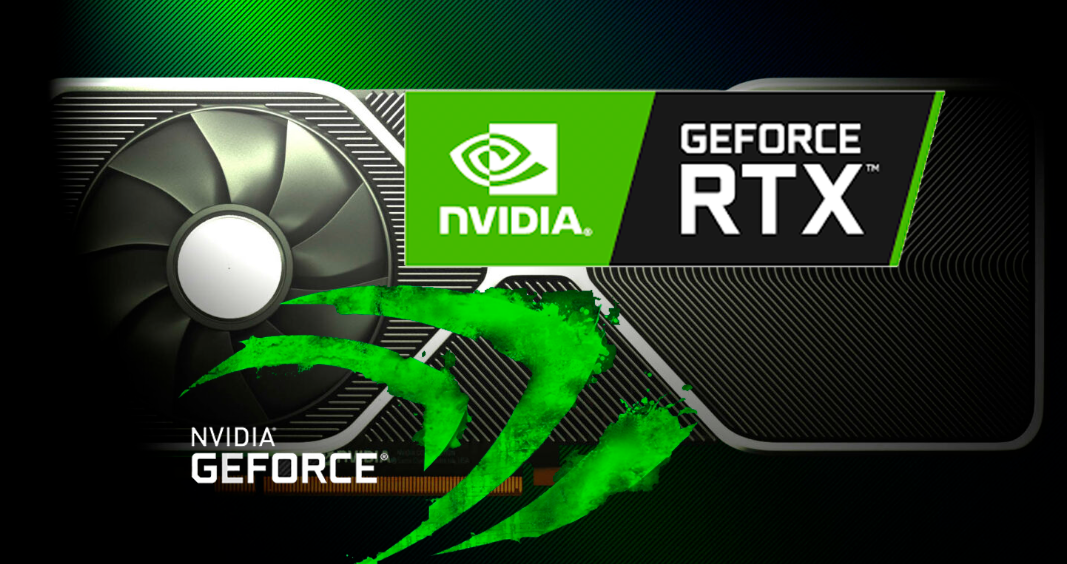
Download > (30.0MB)
Principles of Shading
Released April 1, 2000
Originally released
for:
GeForce 3-Series Graphics Cards
The Principles of Shading demo compared the varying levels of realism as you mixed and matched textures on NVIDIA’s 3D logo.
Download > (33.6MB)
Bubble
Released January 1, 2000
Originally released for: GeForce 256 Graphics Cards
An undulating blob demonstrated how Cube Environment Mapping allowed for amazing reflection effects.
Download > (976KB)
Lightning
Released January 1, 2000
Originally released
for:
GeForce 2-Series Graphics Cards
The Lightning Engine was used to create realistic lighting and sparks on a metal plate to demonstrate real-time lighting and per-pixel lighting.
Download > (3.0MB)
NVIDIA Demos Its Flagship GeForce RTX 4090 Topping 2.8GHz At 55C In Cyberpunk 2077
homeNews
As part of its GeForce RTX 40 announcement, NVIDIA privately demoed the cards for the press and media.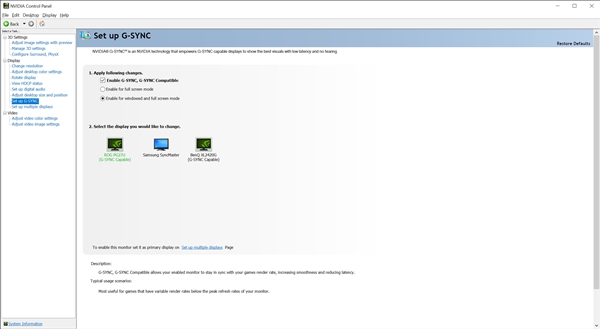 We were privy to that demo, and got to observe an RTX 4090 running Cyberpunk 2077 at its highest settings with unthinkable performance. The «point» of the demo was to show off the performance benefits of DLSS 3, but arguably the more interesting details were the clock speed and temperature of the GPU.
We were privy to that demo, and got to observe an RTX 4090 running Cyberpunk 2077 at its highest settings with unthinkable performance. The «point» of the demo was to show off the performance benefits of DLSS 3, but arguably the more interesting details were the clock speed and temperature of the GPU.
The demo was done via screen sharing, and NVIDIA’s representative admitted that this, along with the beta nature of the software, could have had an effect on the image quality. As a result, we’re not keen to draw any conclusions regarding the visual quality of DLSS 3 from the demo.
NVIDIA GeForce RTX 4090 demo of Cyberpunk 2077 without DLSS.
Instead, we’re more interested in peering at the hardware monitoring readout visible during the demo. As part of the benchmark, an overlay in the top corner was monitoring the performance of the game as well as the clock rates, usage, and temperatures of the CPU and GPU. For its part, the CPU in the machine was hovering around 4. 8 GHz and hitting a toasty 86°C.
8 GHz and hitting a toasty 86°C.
The GeForce RTX 4090 GPU in the system was staying relatively cool, though. Throughout the benchmark, the highest temperature we observed was just 55°C. That was during the non-DLSS portion of the benchmark, where GPU load was the highest. That’s an impressively-low temperature considering the displayed clock rate of 2850 MHz—fully 1 GHz faster than any of the Ampere GeForce cards’ boost clocks. It seems likely that NVIDIA had the fan speeds turned way up on the card’s hefty three-slot cooler, or perhaps used a liquid-cooled model of the card.
Demo with DLSS. Note higher CPU temperatures.
NVIDIA’s DLSS 3 demo was impressive on the face of it. Using DLSS 3, the average framerate jumped from 59 FPS—already an incredible score on the ludicrously-demanding Cyberpunk 2077 benchmark—all the way up to 170 FPS. NVIDIA says that DLSS 3 in combination with its Reflex low-latency technology results in no extra latency over playing the game without either technology, which is impressive for what is essentially a smart frame interpolation technique.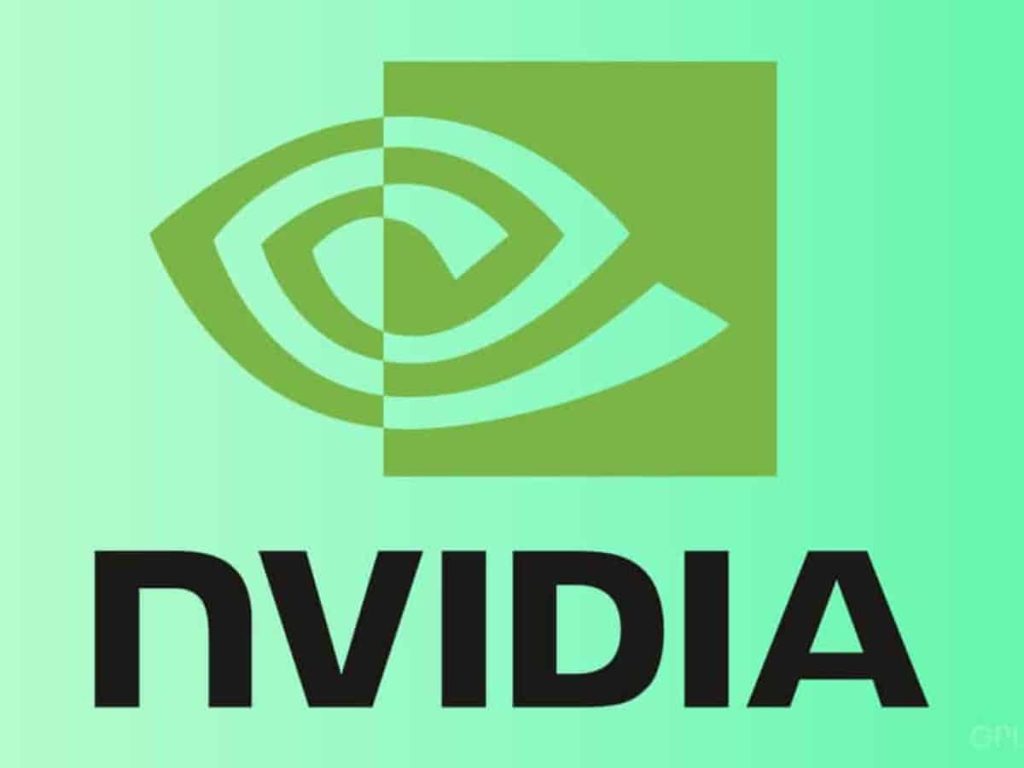
Using its PCAT tool, NVIDIA offered power consumption figures for the card with DLSS on and off. Without DLSS, the RTX 4090 was pulling some 461 watts. Enabling DLSS likely caused the game to be CPU-limited (given the insanely high frame rate), and so GPU usage dropped, with power consumption likewise down to «only» 384 watts.
The performance gain and power savings in NVIDIA’s demo are absolutely fantastic, and if the image quality is acceptable, it could open the road to a new level of visual fidelity in games. That’s a big if, though, as relatively little of that «170 FPS» actually constitutes simulated game graphics, between both the image upscaling and frame generation that DLSS 3 is doing. It will be fascinating to see for ourselves if DLSS 3 lives up to the hype.
90,000 LinkedIn 90,001 90,002 (Korean)Italiano (Italian)简体中文 (Chinese (Simplified))Nederlands (Dutch)日本語 (Japanese)Norsk (Norwegian)Polski (Polish)Português (Portuguese)Română (Romanian)Russian (Russian)Svenska (Swedish)Tagalog ( Tagalog)ภาษาไทย (Thai)Türkçe (Turkish)العربية (Arabic)
nine0005 Wedج المحاولة مرة خرى للصص اليا# أو الال لـship imesز المς للمزيد ← المومات
66
Omlouváme se, nemůžeme najít stránku, kterou hledate.
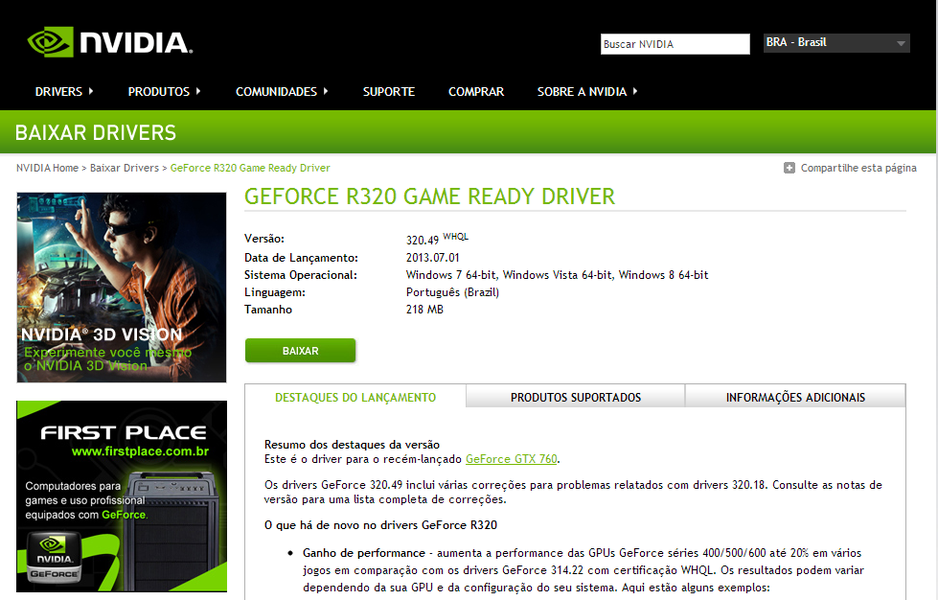 Zkuste se vrátit zpátky na předchozí stránku, nebo se podívejte do našeho Centra nápovědy pro více informací
Zkuste se vrátit zpátky na předchozí stránku, nebo se podívejte do našeho Centra nápovědy pro více informací
Přejít do informačního kanálu
Vi kan desværre ikke finde den side, du leder efter. Gå tilbage til den forrige side, eller besøg Hjælp for at få flere oplysninger
Gå til dit feed
Die gewünschte Seite konnte leider nicht gefunden werden. Versuchen Sie, zur vorherigen Seite zurückzukehren, or besuchen Sie unseren Hilfebereich, um mehr zu erfahren.
Zu Ihrem Feed
Uh oh, we can’t seem to find the page you’re looking for. Try going back to the previous page or see our Help Center for more information
Go to your feed
nine0005 Vaya, parece que no podemos encontrar la pagina que buscas. Intenta volver a la página anterior o visita nuestro Centro de ayuda para más información.
Ir a tu feed
Nous ne trouvons pas la page que vous recherchez.
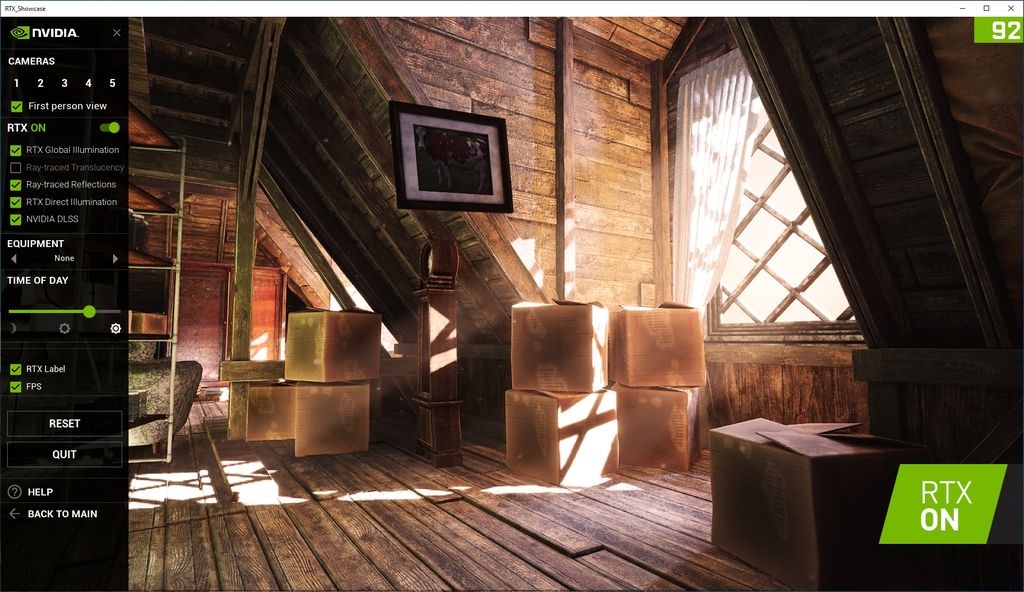 Essayez de retourner à la page précédente ou consultez notre assistance clientèle pour plus d’informations
Essayez de retourner à la page précédente ou consultez notre assistance clientèle pour plus d’informations
Ouvrez votre fil
Maaf, sepertinya kami tidak dapat menemukan halaman yang Anda cari. Coba kembali ke halaman sebelumnya atau lihat Pusat Bantuan kami untuk informasi lebih lanjut
Buka feed Anda
Non abbiamo trovato la pagina che stai cercando. Prova a tornare alla pagina precedente o visita il nostro Centro assistenza per saperne di più.
Vai al tuo feed
申し訳 あり ませ ん。 探し の ページ が ませ ん。 前 の ページ 戻る か 、 ヘルプセンター で を ご 確認 ください
원하시는 이전 페이지로 돌아가거나 고객센터에서 자세히 알아보세요.
홈으로 가기
nine0005 Harap maaf, kami tidak dapat menemui laman yang ingin anda cari. Cuba kembali ke laman sebelumnya atau lihat Pusat Bantuan kami untuk maklumat lanjut
Pergi ke suapan
De pagina waar u naar op zoek bent, kan niet worden gevonden.
 Probeer terug te gaan naar de vorige pagina of bezoek het Help Center voor meer informatie
Probeer terug te gaan naar de vorige pagina of bezoek het Help Center voor meer informatie
Ga naar uw feed
Vi finner ikke siden du leter etter. Gå tilbake til forrige side eller besøk vår brukerstøtte for mer informasjon
Gåtil din feed
Nie możemy znaleźć strony, której szukasz. Spróbuj wrócić do poprzedniej strony lub nasze Centrum pomocy, aby uzyskać więcej informacji
Przejdź do swojego kanalu
A página que você está procurando não foi encontrada. Volte para a página anterior ou visite nossa Central de Ajuda para mais informações
Voltar para seu feed
Ne pare rău, nu găsim pagina pe care o căutatţi. Reveniţi la pagina anterioară sau consultaţi Centrul nostru de asistenţă pentru mai multe informaţii
Accesati fluxul dvs.
The page you are looking for cannot be found.
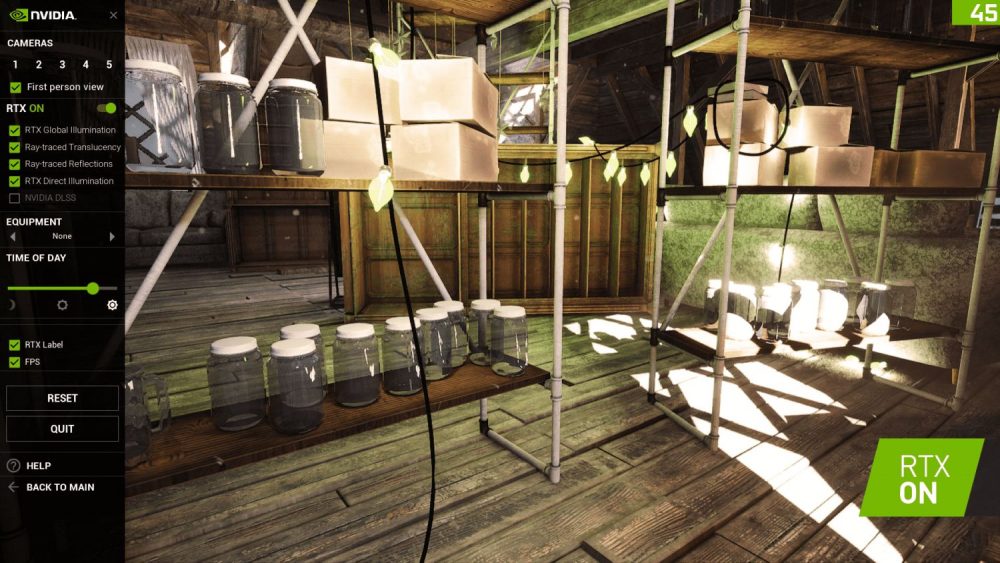 Please return to the previous page or visit our help center page for more information.
Please return to the previous page or visit our help center page for more information.
Go to tape
Sidan du letar efter hittades inte. Gå tillbaka till föregående sida eller besök vårt Hjälpcenter för mer information
Gå till ditt nyhetsflöde
nine0005 ขอ อภัย ดู เหมือน เรา พบ หน้าที่ คุณ กำลัง หา อยู่ ลอง กลับ ไป ที่ เพจ ก่อน หรือ ดู ศูนย์ ความ ของ เรา สำหรับ เพิ่มเติม
6
Naku, mukhang hindi namin mahanap ang pahina na hinahanap mo. Subukang bumalik sa nakaraang pahina o tingnan ang aming Help Center para sa higit pang impormasyon
Pumunta sa iyong feed
Aradığınız sayfa bulunamadı. Önceki sayfaya geri dönün veya daha fazla bilgi için Yardım Merkezimizi görüntüleyin
Haber akışınıza gidin
前往首頁動態
DEMO NVIDIA Linux RTX Demo is a warning shot on X86, Microsoft
NVIDIA showed off RTX Graphics running on ARM CPUs as a way to highlight the potential performance that non-X86 processors can offer consumers — and make a point, that Gaming does not require an X86 microprocessor. There are a few caveats before the presentation (we’ll address them), but make no mistake: this is the same warning for Intel and AMD, as it’s an opportunity to learn about NVIDIA’s core prowess. nine0003
There are a few caveats before the presentation (we’ll address them), but make no mistake: this is the same warning for Intel and AMD, as it’s an opportunity to learn about NVIDIA’s core prowess. nine0003
NVIDIA showed one game, Wolfenstein: Youngblood and One Tech Demo (Bistro, from the Open Exploratory Content Archive (ORCA). NVIDIA video posted for GDC (embedded below) indicates testing running RTX 3060 on MediaTek Kompanio 1200
MediaTek is generally known as a budget device developer but MT8195 looks like it has its precipitation. The SOC is built on TSMC’s 6nm process which offers higher logic compared to its 7nm node. TSMC built the 6nm node for companies that wanted to take advantage of their logical density but didn’t want to jump to 5nm and new design rules. The CPU contains four Cortex-A78 cores and four CORTEX-A55 cores with an AI processing unit that is mediocrely referred to as «APU». The chip uses a four-channel LPDDR4X 2133, but we don’t know how wide the channels are. This is a modest chip overall, however — MT8195 hits the default maximum clock rate of 2.2GHz on Cortex-A78 cores. SOC is commonly used on Chromebooks.
The chip uses a four-channel LPDDR4X 2133, but we don’t know how wide the channels are. This is a modest chip overall, however — MT8195 hits the default maximum clock rate of 2.2GHz on Cortex-A78 cores. SOC is commonly used on Chromebooks.
We suspect this is part of the NVIDIA point. The MT8195 is not the one we would expect to see in a real underarm gaming rig. If it can run RTX Games well when paired with an RTX 3060, that implies good things about products that could come in the future.
NVIDIA has ported five specific features to Linux: DLSS (presumably used above for better performance), RTX Direct Lighting, RTX Global Global, NVIDIA DENOISERS, and the RTX memory utility. DLSS is used to improve image quality by increasing lower resolution output to higher resolutions, direct illumination supports dynamic illumination, and global illumination is used to calculate RAE bounces. Familiarize yourself with real-time real-time and RTX memory utility optimization of GPU memory usage. nine0003
nine0003
The fact that the system is running Linux (Arch Linux) throws an interesting wrinkle into it all. Windows on an ARM stand exist, but NVIDIA chose not to showcase a system running Windows. Linux isn’t usually thought of as a gaming OS, but Valve has announced that its upcoming Steam Deck will ship with SteamOS and run a range of Windows games via Proton, its fork of Wine. The Steam Deck deck relies on an AMD APU rather than an NVIDIA solution, but it’s still an interesting showcase of gaming results0003
NVIDIA is not about to crash with a major product announcement; GTC is a developer conference, more than just a consumer event. The message here is unmistakable if the key is low: neither X86 nor windows are required for high performance games.
Nvidia has more reason than most companies to downvote this post. If the company’s attempt to buy ARM is approved by regulators, it will have the opportunity to make a game to become a concurrent provider of leading GPU and CPU gaming solutions.
